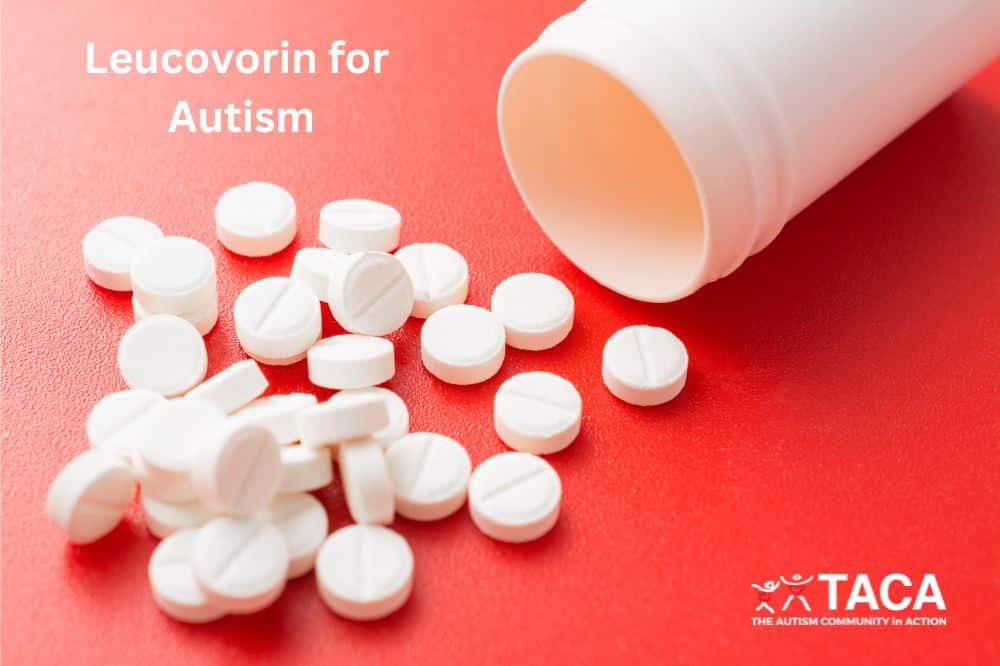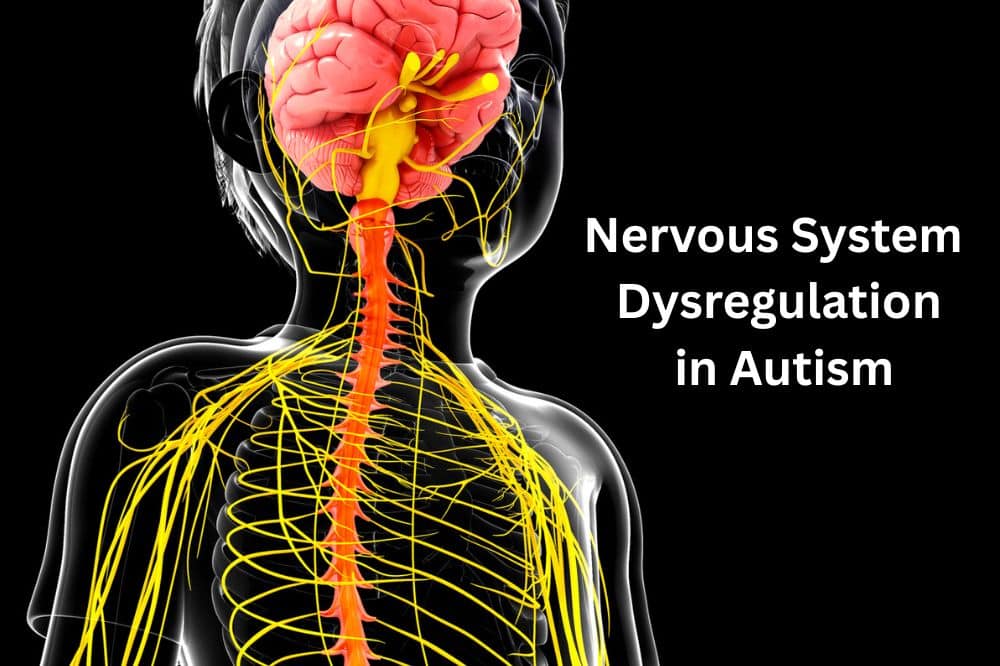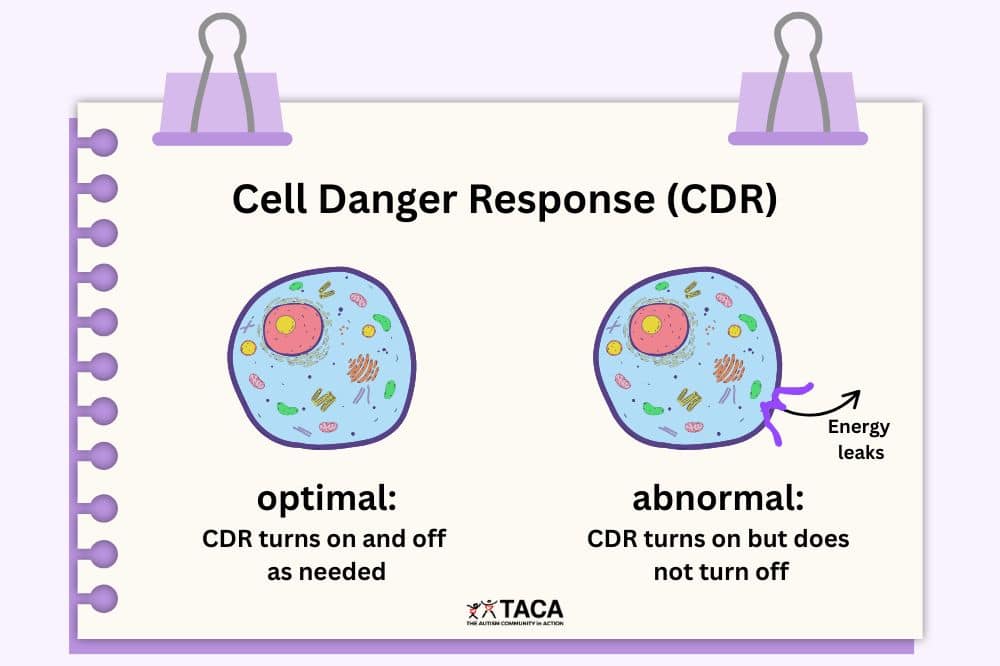Post-Pandemic Navigation

All contents of this resource were created for informational purposes only and are not intended to be a substitute for professional advice, diagnosis, or treatment. Always seek the advice of your physician, therapist, or other qualified health providers with any questions or concerns you may have.
On March 11, 2020, the World Health Organization (WHO) declared COVID-19, a Pandemic. And just like that…. the world changed. We were forced to navigate a system new to us. There were rapid shifts in the social climate and the pandemic initiated sudden exposure to complex emotional processes such as grief, anger, injustice, fear, and isolation. It was a time of confusion and chaos for all, but particularly those with Autism who often rely and thrive on routine and stability.
Those of us with older children or adults saw them struggle to redefine and adapt to a world that seemingly changed overnight after years of establishing a comfortable baseline. By contrast, our younger kids had barely formed an understanding of the pre-pandemic world at all before the rules they were in the midst of learning, were suddenly no longer applicable.
As the dust settles and we help our loved ones find their way towards a “new normal” that was already difficult to understand when it was the “old normal”, several key struggles emerge that can be systematically acknowledged and addressed.
This article will discuss how to navigate the pandemic’s impact on four different areas of concern. These include:
- Education
- Therapies
- Social interaction
- Mental Health
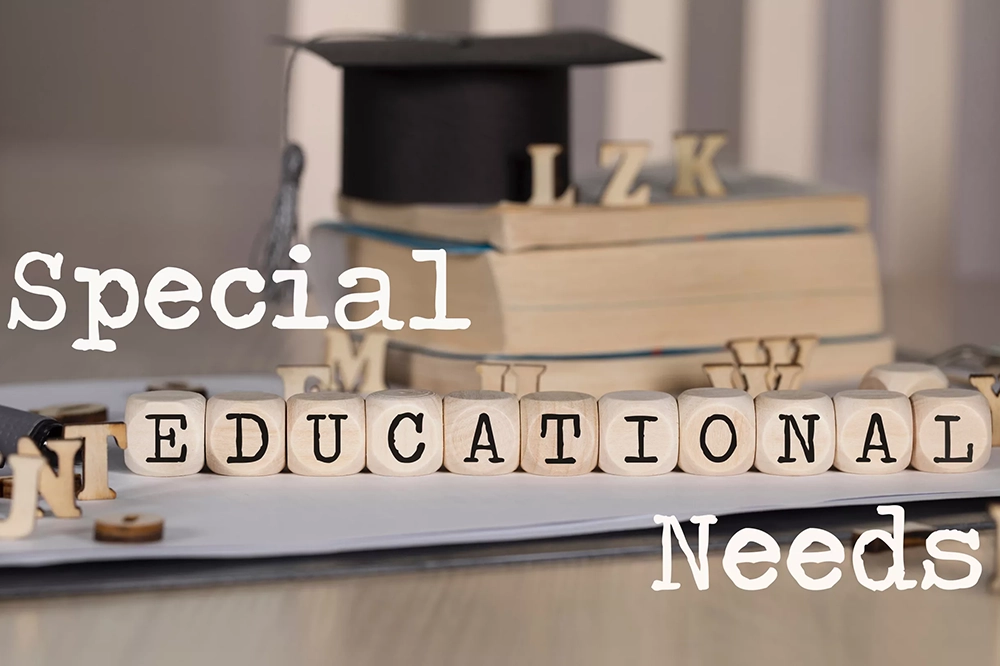
Impact of Educational Disruption
The overall impact of COVID-19 on the school system is still being evaluated post-pandemic, and the impact on the special needs population is even further behind with regard to research. In 2021, UNICEF reported that since March 2020, around 170 million out of 1.6 billion pupils worldwide were completely absent from school.
The full impact of the pandemic is still unknown, but we do know that:
- There has been enormous strain on educators.
- The burden placed on educators to rapidly shift from in-person teaching to virtual formats without infrastructure to support that move placed strain on all involved.
- While many schools had systems in place that support distance learning, few had prepared for what this would look like for special needs students.
- There has been enormous strain on parents and caregivers.
- Parents of children with Autism found themselves in the role of peer, aid, therapist, teaching assistant, technical support, and counselor in addition to parenting.
- There has been enormous stress on the students.
- Students had to rapidly adapt to new learning modalities, and then had to change again once in-person schooling resumed.
- There has been a significant loss of educational time for students.
- The Center for Research on Educational Outcomes at Stanford University issued a press release stating that “the average estimates of how much students lost in the Spring of 2020 ranged from 57 to 183 days of learning in Reading and from 136 to 232 days of learning in Math”. This is a significant loss for the average student, and beyond impactful for students with Autism.
- Educators are fleeing the teaching field, leaving schools short-staffed.
What can I do?
- IEP Review
- The IEP has been put in place to ensure that the challenges that come about due to change can be overcome. The IEP is a living document. While most families are familiar with the need to revisit and review it each year – a post-pandemic review may have more context that needs to be taken into account based on the areas of disruption covered in this article.
- Ensure that accommodations are in place should the need to return to a virtual setting arise in the future.
- If your child’s school cannot provide the therapies assigned in the IEP due to staff shortages, then the school district needs to place your child in a school (private or public) that does have accommodations available.
- Request Compensatory Services
- Compensatory education services is a solution for when IDEA has been violated by a lack of special education services, accommodations, or modifications.
- Read more about compensatory services and Covid in the Education Law Center document “FAQ on Compensatory Education in Response to Covid-19” by Rebecca K. Spar, Esq.
- Consider tutoring.
- The goal is not to rush to make up for lost time or learning. Instead, it is to support the student in feeling competent and capable to meet the increased demand that will be placed on them in the coming months or years.
- Engage with Your Child at Home
- Find new ways to interact with your child from TACA’s article Engaging with Your Child at Home.
- Set aside time each night to read together. You may find that this becomes a cherished bonding time between you and your child.
- Take time to discuss what is going on in each picture or paragraph.
- Utilize your child’s preferred method of communication to encourage discussion. Alternate means of communication can be used to encourage engagement.
- Choose books on a wide variety of topics from nonfiction to fiction.
- Don’t forget to focus on functional life skills! Download the checklist and learn different ways to teach skills from TACA’s article on Life Skills.

Impact of Therapeutic Disruption
Children with Autism who have missed out on therapy during the COVID-19 pandemic may experience a number of negative impacts. Some of these include:
- Regression in skills
- Kids with Autism often require consistent and frequent therapy to maintain and progress their skills. Without access to therapy, they may experience regression in areas such as communication, motor skills, and behavior.
- Delayed diagnosis and intervention
- The lack of access to therapy during the pandemic may have resulted in delayed diagnosis and intervention for some children with Autism. This can have long-term consequences for their development and overall well-being.
- Increased stress and anxiety
- Children with Autism and their families may experience increased stress and anxiety due to the disruption of therapy services. They may also experience a loss of support system and social connections which can be an important part of the therapy.
- Isolation
- Our kids may experience increased isolation due to the lack of therapy and social interaction. This can negatively impact their mental and emotional health.
What can I do?
- Address underlying medical conditions
- If your child experienced a regression, focus on simultaneously addressing any underlying medical contributors to the regression while working to reintegrate the child into therapy services.
- Develop a structure in your home and school
- Use visual schedules, videos, social stories and a reward system to develop a framework for expectation and success when restarting therapy or adding something new to the schedule.
- This TACA article titled “Strategies for a Calmer Home” should be helpful.
- Get on a waitlist for a formal diagnosis
- If your child has yet to be diagnosed but you suspect they may have Autism, do not wait to have them evaluated. The services they are eligible to receive as a result of their diagnosis can improve outcomes and quality of life.
- In addition, ask local groups for recommendations of professionals that may be able to give a medical diagnosis faster.
- Presume competence and discuss feelings
- Always presume that your kids are competent and capable of understanding more complex topics and emotions. Talk to them about isolation, loneliness and the importance of connection.
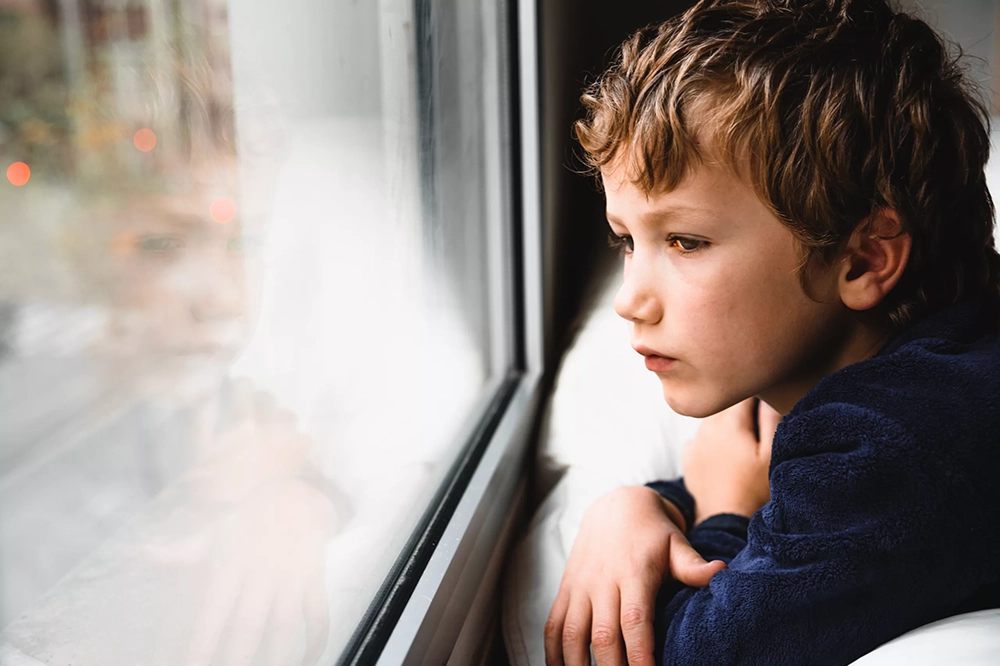
Impact on Social Disruption
Social isolation during the pandemic had a significant impact on kids with Autism during the COVID-19 pandemic. Some of the impacts include:
- Loss of social connections
- Children with special needs may lose important social connections as a result of isolation, which can negatively impact their social and emotional development.
- Difficulty developing social skills
- Children may have difficulty developing social skills, such as communication and empathy, due to a lack of interaction with peers and adults.
- Increased stress and anxiety
- Kids with Autism may experience increased stress and anxiety due to social isolation, particularly if they rely on structured social settings, such as therapy sessions or special education classes, for support.
- Difficulty adjusting to new environments
- Our children may have difficulty adjusting to new environments and routines, such as returning to school or therapy sessions, following a period of isolation.
- Loss of support system
- Kids with Autism may have lost their support system, such as teachers, therapists, and peers, as a result of social isolation which can have negative impact on the child’s overall well-being.
- Readjustment post-Pandemic
- It may be surprising to find that some kids with Autism actually embraced mask wearing and social distancing as a comfort measure allowing them to feel socially safe during interactions with others. The removal of these comfort measures may have left them feeling vulnerable and exposed.
What can I do?
- Inquire in local support groups about opportunities for social interactions
- These can be in the form of special interest meetups, one-on-one or group playdates or outings, or structured therapeutic social groups.
- Ask your child’s therapists about social opportunities
- Talk to your therapy providers about organizing opportunities for therapeutically led social skills groups.
- Talk to your child
- Sit down with your child and discuss the shift in social norms pre, during, and post-Covid, and why this has happened.
- Talk about social distancing and how comfort levels are individual to a person.
- Work to rebuild the framework of your child’s support system and involve them in the process.
- Who do we need to help us feel secure and safe?
- What role does each person play?
- Social stories and videos can be helpful.
- Revisit the role that facial expressions play in human connection
- Acknowledge that this is not an easy thing to master for everyone.
- While we are often hyper focused on how we appear or are perceived by others, this is often not what others are noticing or focused on.
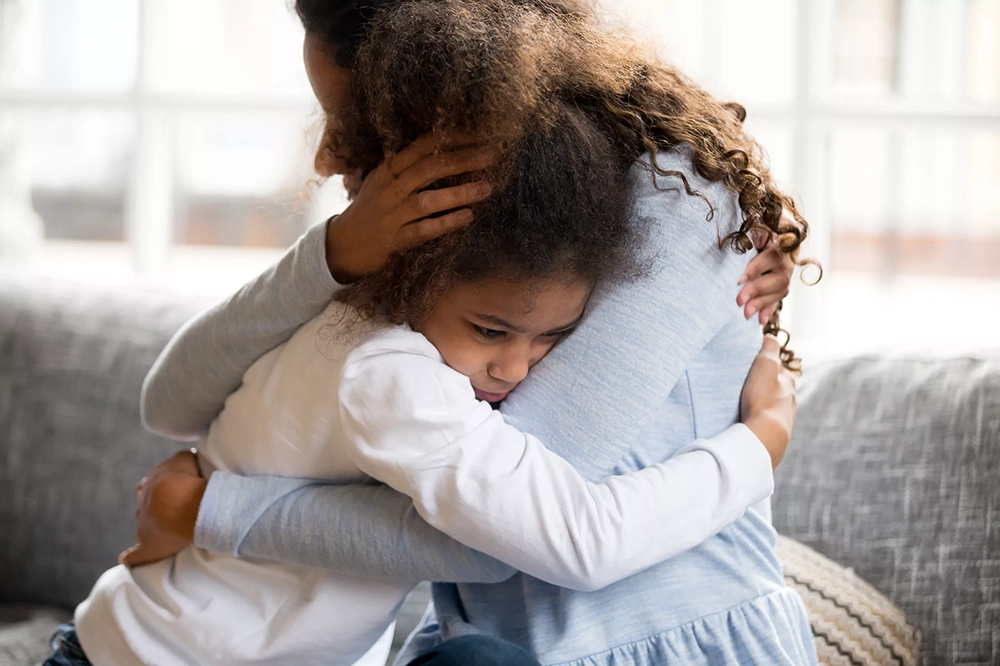
Psychological Impact
The COVID-19 pandemic has had a significant psychological impact on children with special needs. Due to their unique needs and challenges, these children may experience additional stress and difficulties related to the pandemic. Some of the specific psychological impacts include:
- Increased stress and anxiety
- Children with special needs may experience increased stress and anxiety due to the disruption of their routines, changes in their environment, and loss of social connections. They may also experience increased stress due to the uncertainty and unpredictability of the pandemic.
- Difficulty adjusting to new routines
- Children with special needs may have difficulty adjusting to new routines which can lead to increased stress and anxiety.
- Loss of support system
- Children with special needs may lose their support system, such as teachers, therapists, and peers, as a result of the pandemic which can have negative impact on the child’s overall well-being and increase their stress and anxiety.
- Behavioral issues
- Children with special needs may exhibit behavioral issues as a result of the pandemic. For example, some children with autism might have difficulty with change and can have increased meltdowns or behavioral issues.
- Depression and sadness
- Children with special needs may experience feelings of depression and sadness. This is due to the isolation, loss of routine, and loss of support system.
What can I do?
- Discuss the situation with your doctor
- If your child is demonstrating symptoms associated with anxiety, discuss it with your doctor to ensure that underlying medical contributors are being addressed and are supports in place.
- Utilize tangible visual aids
- Visual schedules create a stable and relatively predictable routine.
- Know your child’s triggers
- Anticipate potential behavioral issues before they arise.
- Work with your child’s IEP, therapy, and medical team to have plans in place to handle them in a supportive manner as they occur.
- Consider mental health therapy for the child, the parents, and the siblings.
- It is easy to underestimate the cumulative effect that the pandemic has had on the mental health of our families.
- Everyone can benefit from having an outlet to process that impact.
- Revisit opportunities for communication
- Does your child have access to a means to communicate their feelings and emotions?
- Consider seeking funding to obtain an AAC device.
Conclusion
It has been a challenging time for everyone, but the pandemic has posed specifically difficult challenges for families that have children with special needs. Now that life is starting to normalize again, our children are still struggling with educational, therapeutic, social, and mental difficulties. However, there are strategies to work through these complications. As parents, we need to involve the child’s entire team, including their doctor, therapists, educators, and family to get through this trying time. But we will get through this together.

